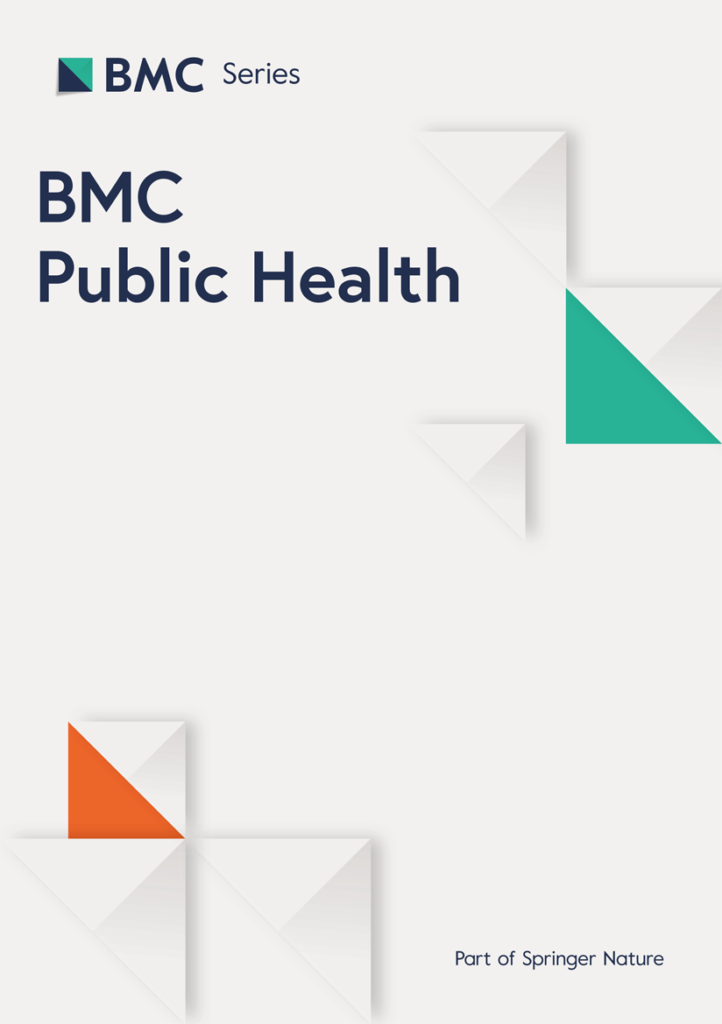Purpose/purpose
The aim of this study was to assess vaccination status against major VPDs and analyze attitudes toward vaccines among cancer patients receiving active cancer treatment at referral centers.
The primary endpoint was to assess the proportion of vaccinated subjects in a cohort of cancer patients undergoing active cancer treatment (number of patients receiving at least one vaccine/total number of patients) .
Secondary endpoints were: (I) to assess the proportion of individuals eligible for anti-influenza vaccination in a cohort of cancer patients undergoing active cancer treatment (receiving anti-influenza vaccination; number of patients/total number of patients). (II) Evaluate the proportion of subjects who received anti-SARS-CoV-2 vaccine in a cohort of cancer patients undergoing active cancer treatment (patients who received anti-SARS-CoV-2 vaccine number/total number of patients). (III) Evaluate the proportion of subjects who received anti-pneumococcal vaccine in a cohort of cancer patients undergoing active cancer treatment (number of patients who received anti-pneumococcal vaccine/total number of patients). (IV) Evaluate the proportion of subjects who received anti-HZ vaccine in a cohort of cancer patients undergoing active cancer treatment (number of patients who received anti-HZ vaccine/total number of patients). (V) Which variables (gender, age, education, marital status, comorbidities, tumor type, type of tumor treatment) are associated with unwillingness to receive vaccination (anti-influenza, anti-SARS-CoV-2, anti-viral) Evaluate whether it is related. pneumococcus, anti-HZ).
research design
We conducted a cross-sectional survey to investigate vaccination status, attitudes, and reasons for vaccination hesitancy against major VPDs in patients undergoing active cancer treatment. Study conduct and reporting followed the Consensus-Based Checklist for Reporting Research Studies (CROSS) (14). Patients from the AMOS patient organization (Amici dell’Oncologia del San Matteo) participated in drafting the survey items and identified confusing wording and survey items.
Data collection method
The survey was divided into three sections. The first set of questions collected respondents’ demographic, training, and employment details (Q1-Q9), and the second set of questions included general questions regarding attitudes toward specific types of vaccines for cancer patients. (Q10-Q15). Part 3 reported specific questions focusing on the main vaccines and the reasons why patients did not want to be vaccinated (Q18-Q23). Closed (multiple choice, single or multiple answers allowed) questions were included (see Additional file 1). A paper version of the questionnaire was distributed to patients in the oncology outpatient clinic. Patients who agreed to complete the survey answered the questions anonymously. Along with the survey, written information about the study was provided and informed consent was obtained.
Sample properties
The population of this cross-sectional study included consecutive outpatients treated at the Medical Oncology Department of the Fondazione IRCCS Policlinico San Matteo Pavia from February 12 to March 1, 2024.
The target group included patients who met the following criteria: I) >18 years of age; II) oncology patients with solid tumors undergoing active systemic treatment or observation; defined as patients with III) Written Informed Consent.
Exclusion criteria were as follows: (I) patients with hematologic malignancies; (II) Patients who were unable to understand the informed consent document.
To avoid only patients who are more aware of vaccinations completing the survey (selection bias) and other patients refusing to respond, oncologists are encouraged to complete the survey to improve quality of care. carefully explained the importance of The closed format of the survey items reduced information bias.
statistical analysis
All analyzes are performed using Stata software (Release 18, StataCorp, College Station, TX, USA). A two-sided p-value < 0.05 was considered statistically significant.
Counts and percentages are used to represent categorical variables, medians and quartiles for continuous variables. The proportion of patients vaccinated is reported with exact binomial 95% confidence intervals (95%CI). Associations between patient characteristics and willingness to vaccinate will be assessed using Fisher’s exact test. Multivariate logistic models were fitted to assess independent associations between patient characteristics and willingness to vaccinate. We evaluated the model area under the ROC curve and model calibration.
Based on feasibility, we planned to enroll at least 150 patients. With this sample size, the estimation accuracy for the primary endpoint is at worst ± 8% (equivalent to a ratio of 0.5). Precision is measured as half of the 95% CI of the estimate.
ethical considerations
This study was approved by Comitato Etico Territoriale Lombardia 6 (P-3736/24) on January 19, 2024. Written informed consent was obtained from all patients.

